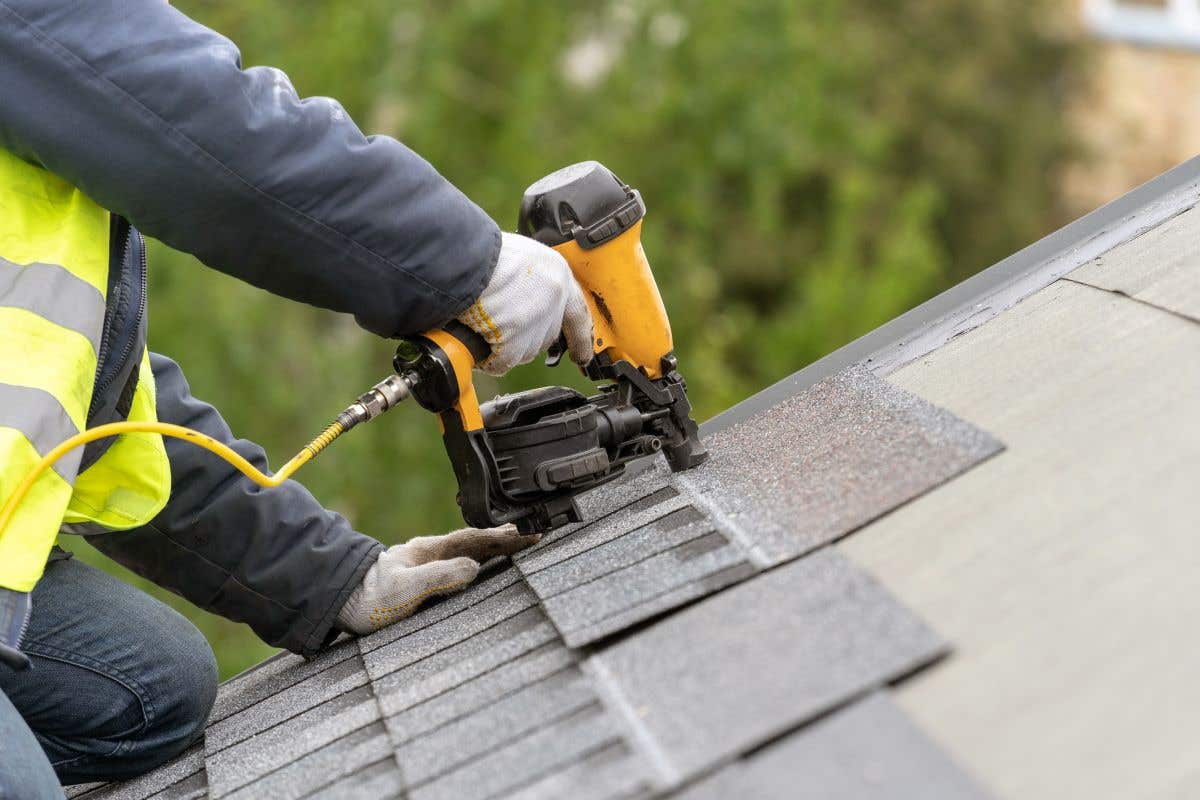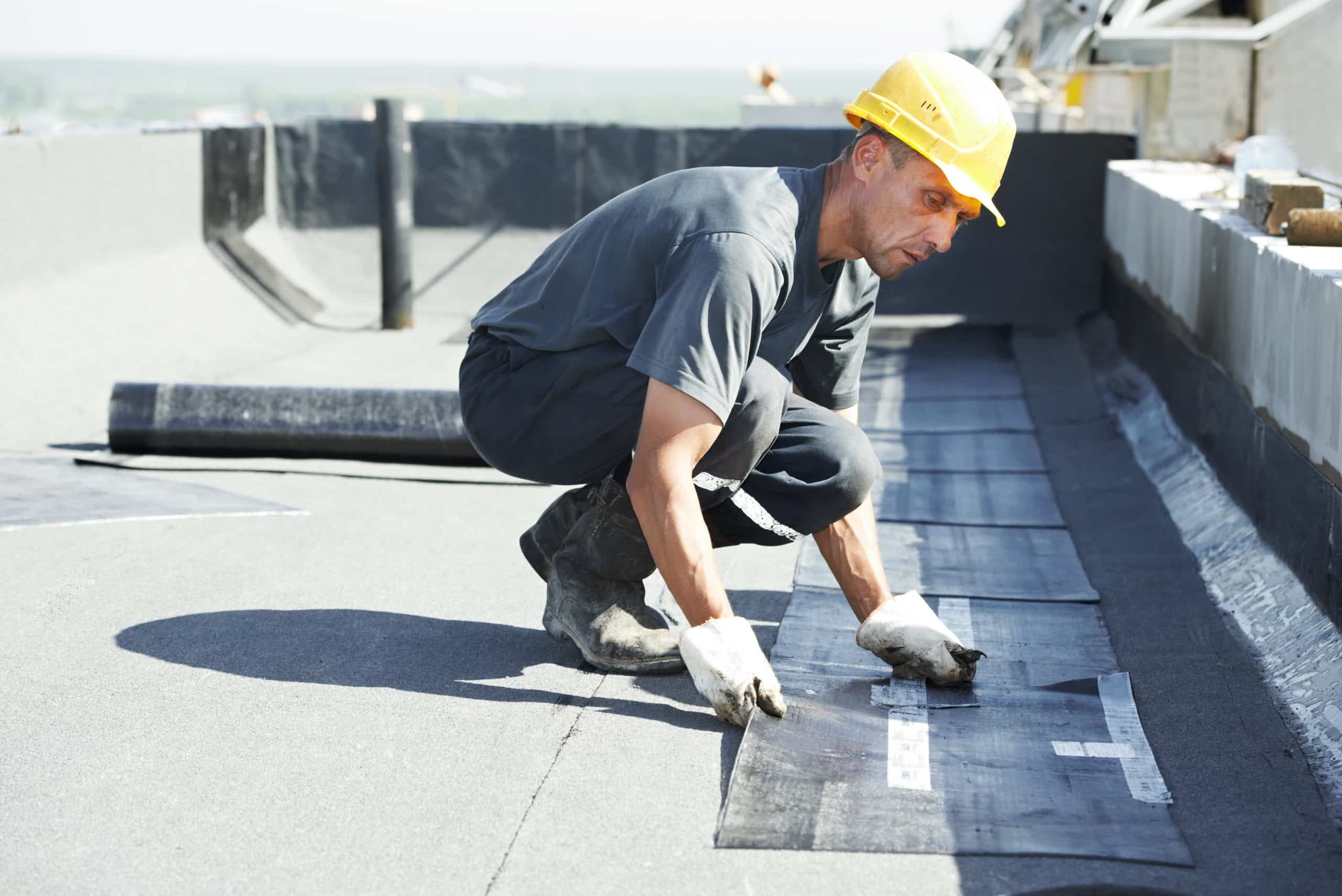Roofing Oahu: Expert Roofing Contractors for Your Oahu Residential property
Roofing Oahu: Expert Roofing Contractors for Your Oahu Residential property
Blog Article
Comprehending the Various Kinds Of Roof Coverings: A Comprehensive Overview for Homeowners
With a variety of choices-- ranging from the conventional gable to the modern level-- each type offers special advantages and obstacles that must align with the home owner's ecological considerations and specific requirements. As we explore the details of different roof covering types, it comes to be obvious that one size does not fit all; the ideal choice may stun you.
Gable Roofs
Gable roofing systems, identified by their triangular shape, are amongst the most prominent roof covering styles as a result of their simplicity and effectiveness in losing water and snow. This layout features two sloping sides that fulfill at a ridge, permitting reliable drainage and lessening the threat of water accumulation. The high pitch generally connected with gable roof coverings enhances their capability to take care of heavy rainfall, making them suitable for different environments.
Along with their practical benefits, saddleback roofs offer aesthetic adaptability. They can be adjusted to various architectural styles, from standard to modern-day homes. The design can also fit extra functions such as dormer home windows, which boost all-natural light and ventilation in the attic space.
Furthermore, gable roofings give ample space for insulation, contributing to energy effectiveness. House owners can pick from a selection of roof covering products, consisting of asphalt tiles, steel, and floor tiles, further enhancing customization options.
Despite their advantages, gable roofs may require added assistance in locations susceptible to high winds or hefty snowfall. Generally, the saddleback roof stays a preferred choice as a result of its mix of capability, durability, and aesthetic charm.
Flat Roofs
Flat roofs are usually identified for their minimal style and functional applications, specifically in industrial and industrial setups (oahu roofing). These roofings feature a horizontal or nearly straight surface, which enables very easy building and flexible space application. While they may lack the visual appeal of angled roofs, level roofing systems offer countless advantages, especially in city environments where optimizing area is crucial
Among the primary advantages of flat roof coverings is their ease of access. Homeowners can use the roofing system room for different purposes, such as roof gardens, terraces, or photovoltaic panel setups. In addition, flat roof coverings are usually extra economical to keep and install compared to their sloped equivalents, as they require fewer products and labor.
Common materials used for flat roofs include built-up roofing (BUR), modified asphalt, and single-ply membrane layers, each offering distinctive advantages. On the whole, level roof coverings offer as a useful and versatile choice for numerous property owners and companies alike.
Hip Roofs
Hip roofs are characterized by their sloped sides that merge on top, developing a ridge. This style stands out from saddleback roofs, as all four sides of a hip roof covering incline downwards toward the walls, providing an extra steady structure. The angle of the slopes can differ, permitting flexibility in architectural aesthetics and capability.
Among the main advantages of hip roof coverings is their capability to endure hefty winds and adverse weather problems. The sloped surfaces make it possible for much better water drainage, lowering the danger of leaks and water damages. Additionally, hip roof coverings offer boosted attic room, which can be used for storage space or perhaps exchanged livable locations.
Nonetheless, building a hip roofing can be more intricate and expensive than easier roof types, such as saddleback roofs. The added material and labor associated with developing the slopes and making certain appropriate architectural integrity can cause greater costs. Regardless of these drawbacks, lots of homeowners favor hip roof coverings for their sturdiness, visual appeal, and capacity for power performance.
Mansard Roofing Systems
Mansard roofings, often identified by their unique four-sided style, attribute 2 slopes on each side, with the lower slope being steeper than the top. This building design, originating from France in the 17th century, is not only visually attractive yet useful, as it makes best use of the usable space in the upper floors of a building. The steep reduced incline permits for even more clearance, making it an ideal choice for lofts or attics, which can be exchanged living areas.
Mansard roofings are identified by their convenience, suiting numerous building designs, from typical to modern-day. They can be created with various products, consisting of asphalt shingles, slate, or steel, giving home owners with an array of alternatives to match their choices and spending plans. Furthermore, the design enables the integration of dormer home windows, boosting all-natural light and ventilation in the upper levels.
Nonetheless, it is vital to consider the possible downsides. Mansard roofings may require even more upkeep due to the complexity of their layout, and their high slopes can be testing for snow and rainfall overflow. In general, mansard roofs incorporate sophistication with functionality, making them a popular selection among property owners looking for unique architectural attributes.
Dropped Roofing Systems
As homeowners significantly seek Extra resources simpleness and performance in their architectural layouts, shed roof coverings have actually emerged as a prominent choice. Identified by a single sloping aircraft, a shed roofing system offers a minimalist visual that matches numerous home styles, from modern to rustic.
One of the key advantages of a shed this page roofing is its uncomplicated building, which usually translates to reduce labor and product prices. This design enables reliable water drain, reducing the danger of leakages and water damages. In addition, the vertical slope supplies ample space for skylights, enhancing natural light within the inside.
Lost roofs also provide adaptability in regards to usage. They can be efficiently integrated right into additions, garages, or exterior structures like pavilions and sheds. Moreover, this roof covering design can accommodate various roofing materials, including metal, asphalt shingles, or perhaps eco-friendly roofing systems, lining up with eco-friendly initiatives.
However, it is important to consider regional climate problems, as hefty snow tons might demand changes to the roofing's angle or framework. In general, dropped roofing systems present a practical and aesthetically pleasing alternative for home owners aiming to maximize functionality without endangering design.
Conclusion


Gable roofs, defined by their triangular form, are amongst the most prominent roof designs due to their simplicity and efficiency in dropping water and snow. oahu roofing. The steep pitch frequently linked with gable roofing systems improves their capacity to handle heavy precipitation, making them appropriate for different environments
While they might do not have the aesthetic appeal of pitched roofing systems, level roof coverings supply numerous advantages, particularly in metropolitan atmospheres where maximizing space is important.

Report this page